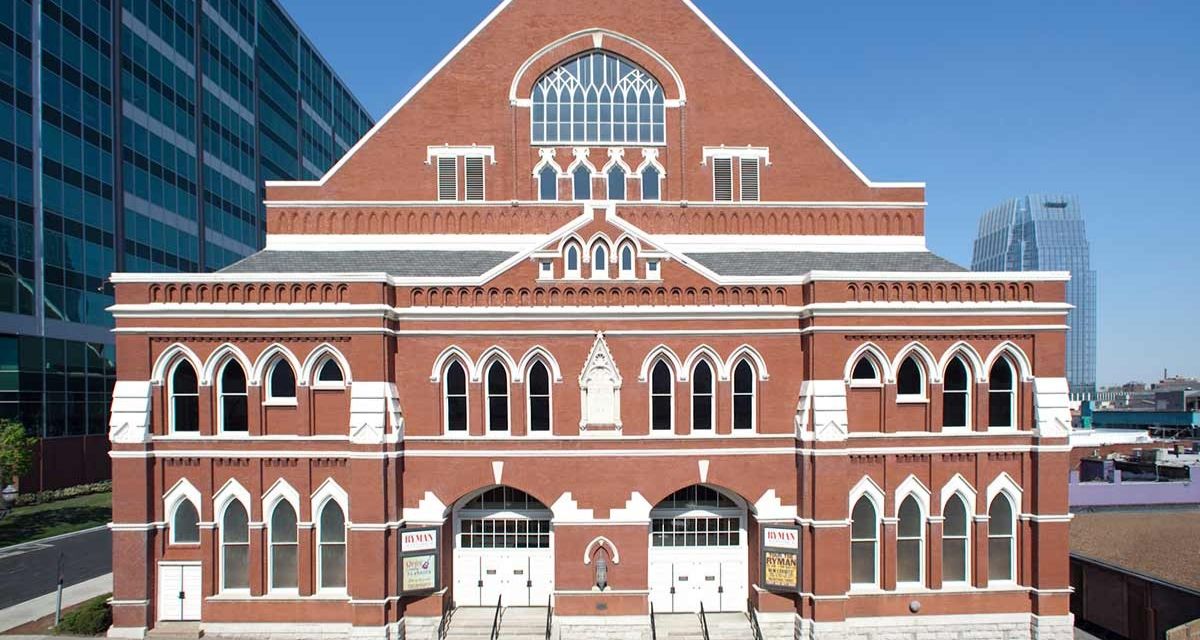When in Nashville, Tennessee you can’t miss out on seeing the legendary Ryman Auditorium. One of the most important things to know about the Ryman Auditorium is that it’s so much more than a nighttime music venue or a daytime tourist shop. This is the place that is witness to so many historical events. It is where bluegrass was born, where country music gained popularity and where so many people signed the deal of their lives that helped kick-start their careers.
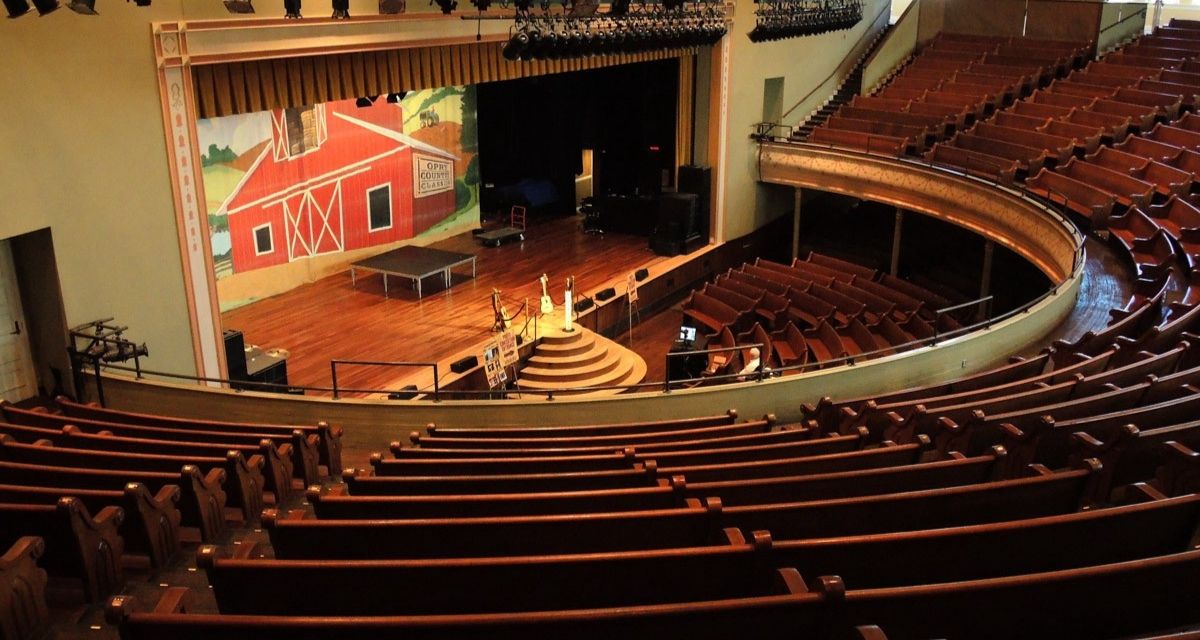
A Look Back in History
The history of the Ryman Auditorium in Nashville, Tennessee, begins with Thomas G. Ryman, a prominent Nashville businessman who was also a steamboat captain. In 1885, Ryman participated in a tent rival, an experience that moved and affected him so much that he decided to dedicate his whole life to constructing a place where people of Nashville could hold religious gatherings. The goal was to create a space that was large enough to accommodate all the citizens of Nashville who wanted to worship together so that they would never have to attend a tent rival again. The building was initially known as Union Gospel Tabernacle, but the name was changed to the ‘Ryman Auditorium’ after Ryman’s death to honor his legacy.
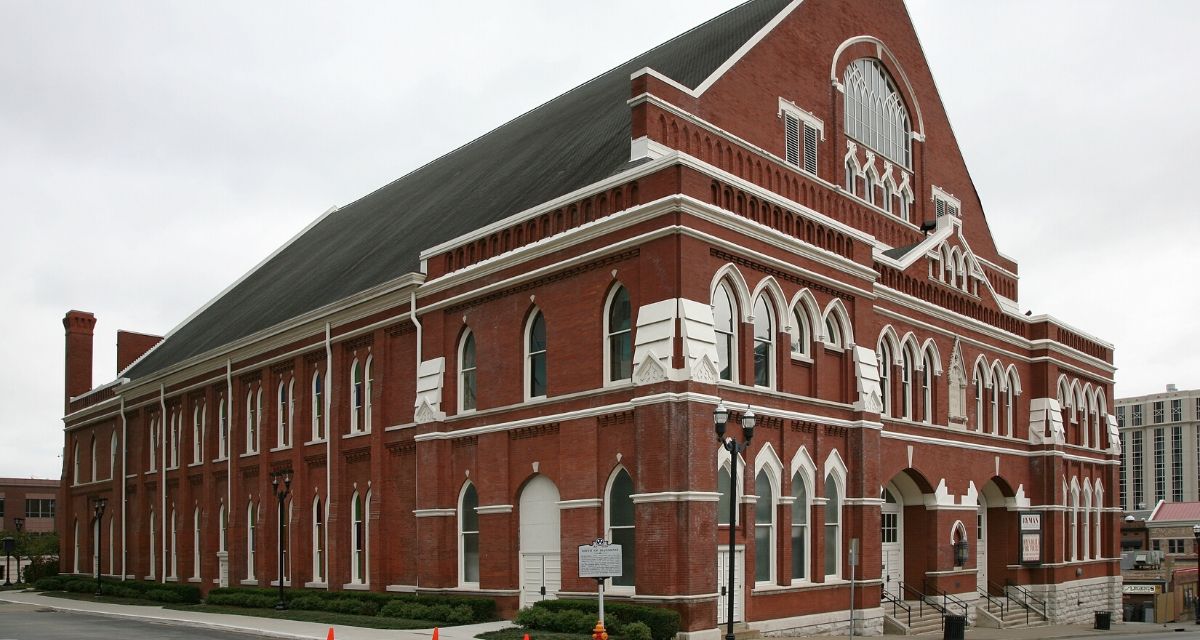
During the 1920s, a show promoter called Lula C. Naff leased the Ryman, after which it became the hub of Nashville’s cultural offerings. The venue was home to sought-after traveling acts, including Roy Rogers, John Philip Sousa, Charlie Chaplin, Harry Houdini, Katharine Hepburn, W.C. Fields, Mae West, Bob Hope, and even former President Theodore Roosevelt.
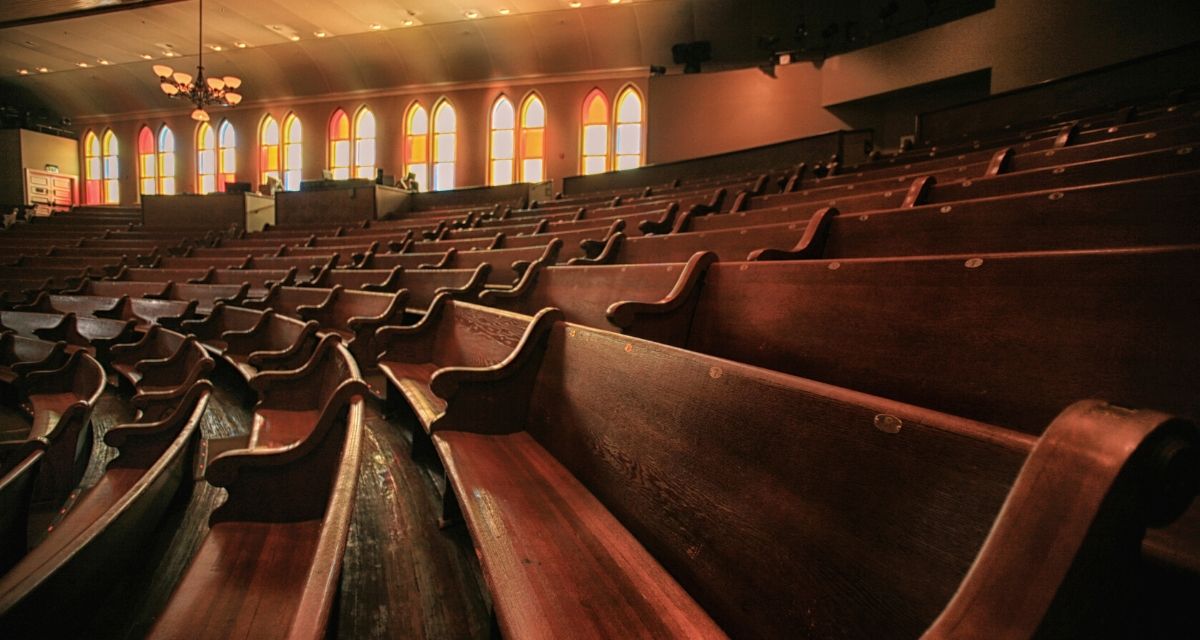
Renovations of the Ryman Auditorium
Sometime during the year 1993, it was announced by Gaylord Entertainment Company that the Ryman Auditorium would be going through a series of interior renovations so that it could serve as a nighttime performance venue and daytime tour-operator. However, the aim was to keep the original structure from 1892 intact because it was mutually decided that the facilities of the auditorium were perfectly rustic. So, the renovations mainly consisted of cosmetic upgrades and changes.
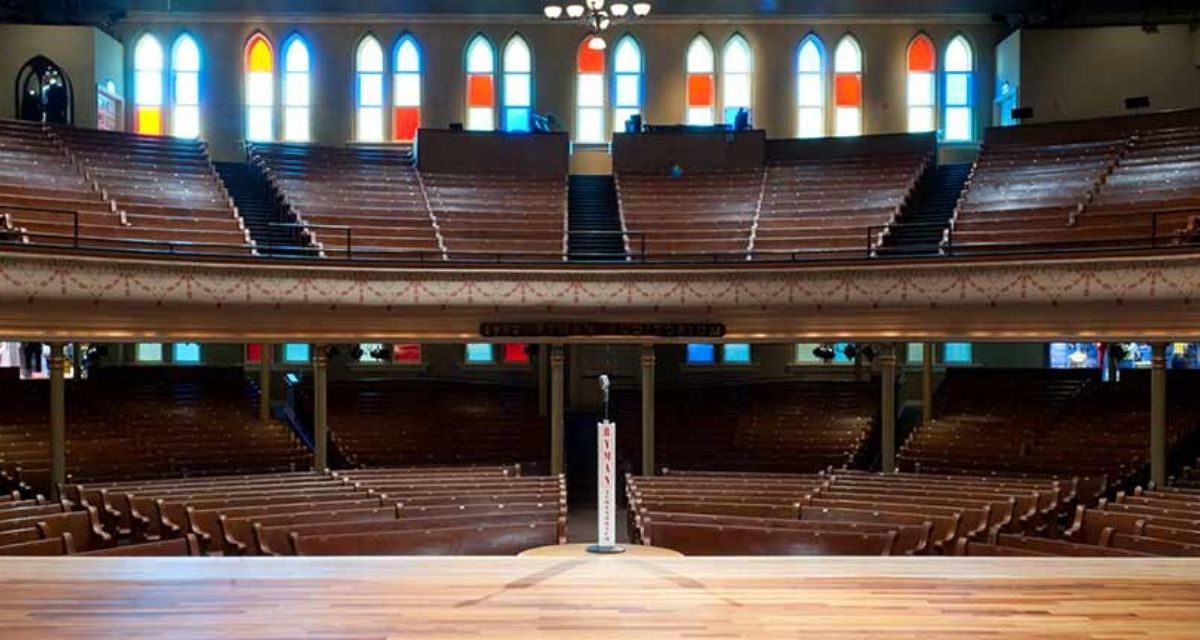
All the renovations were done without compromising the integrity of the original Ryman Auditorium. A few additions included mechanical rooms, gift shop, offices, concessions, and restrooms. The floors of the entire building were re-varnished and cleaned, and lastly, central air-conditioning was installed to complete the renovations. The new Ryman Auditorium was back in action in the summer of 1994 and the first debut performance was a live broadcast of Garrison Keillor’s A Prairie Home Companion.

The Grand Ole Opry and The Ryman Auditorium Changed History
In 1943, the Grande Ole Opry set its roots as a live radio and TV show in Nashville, and together with the Ryman, they both changed the face of the music industry forever. The Opry spent its formative years on the Ryman’s stage, where the music industry was in for a dramatic change. So many popular artists performed such as Earl Scruggs, Hank Williams, Elvis Presley, Johnny Cash, and so many others! In 1974, the Opry moved to its new custom-built home after doing a last broadcast on the Ryman stage. The new home was called the Grande Ole Opry House, whose main goal was to celebrate the country’s diversity in the field of music.
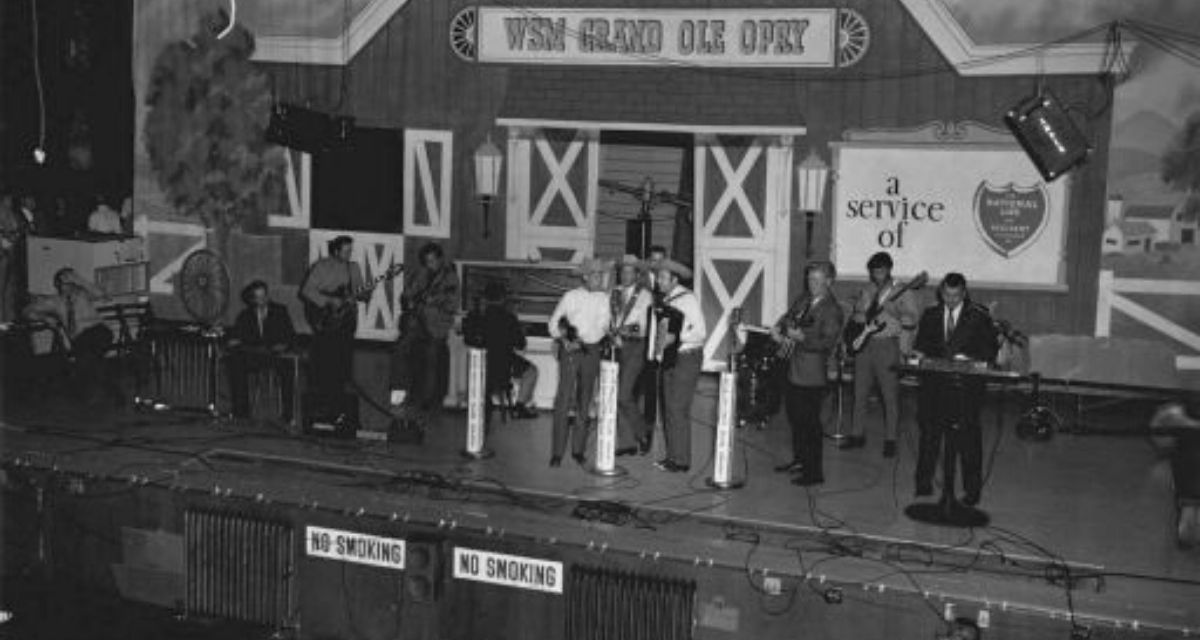
Grand Ole Opry at the Ryman Auditorium
The Ryman Auditorium Today
The Ryman Auditorium is now known as the Mother Church of Country Music and it hosts a variety of tours and concerts in today’s time. So many talented artists perform at the Ryman Auditorium today such as Vince Gill, Hot Country Knights, Clint Black, Randy Rogers Band, and so many more. Next time you’re in Nashville come down and experience the Ryman Auditorium.
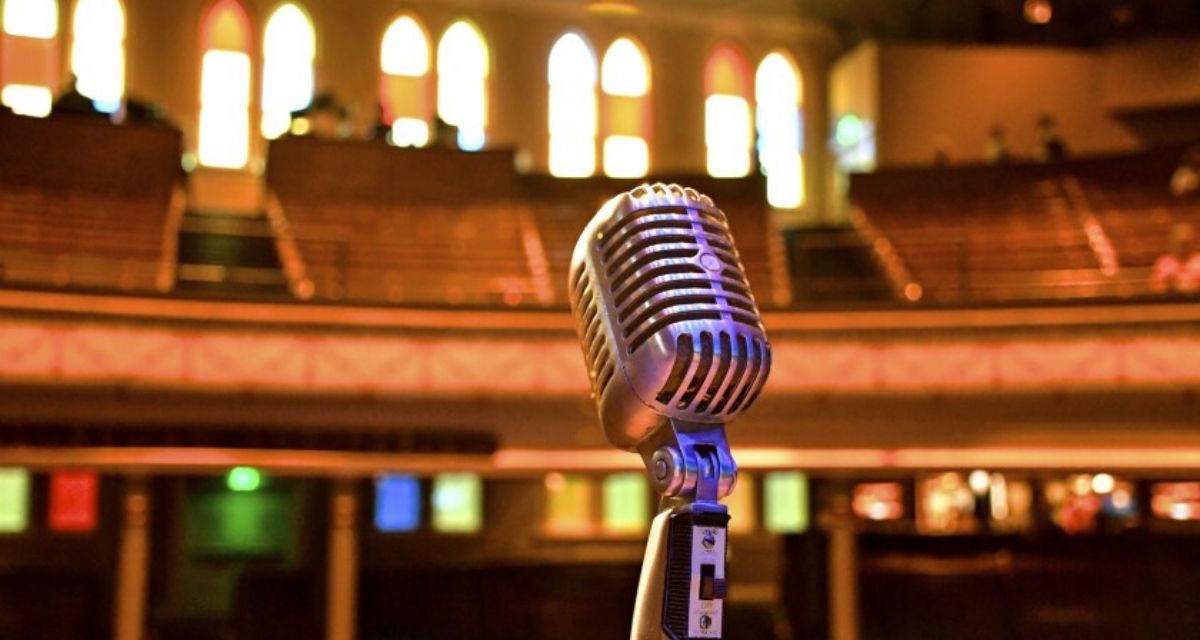
Last Updated on 06/13/2020 by Megan deFabry
CLN Community Sponsor
